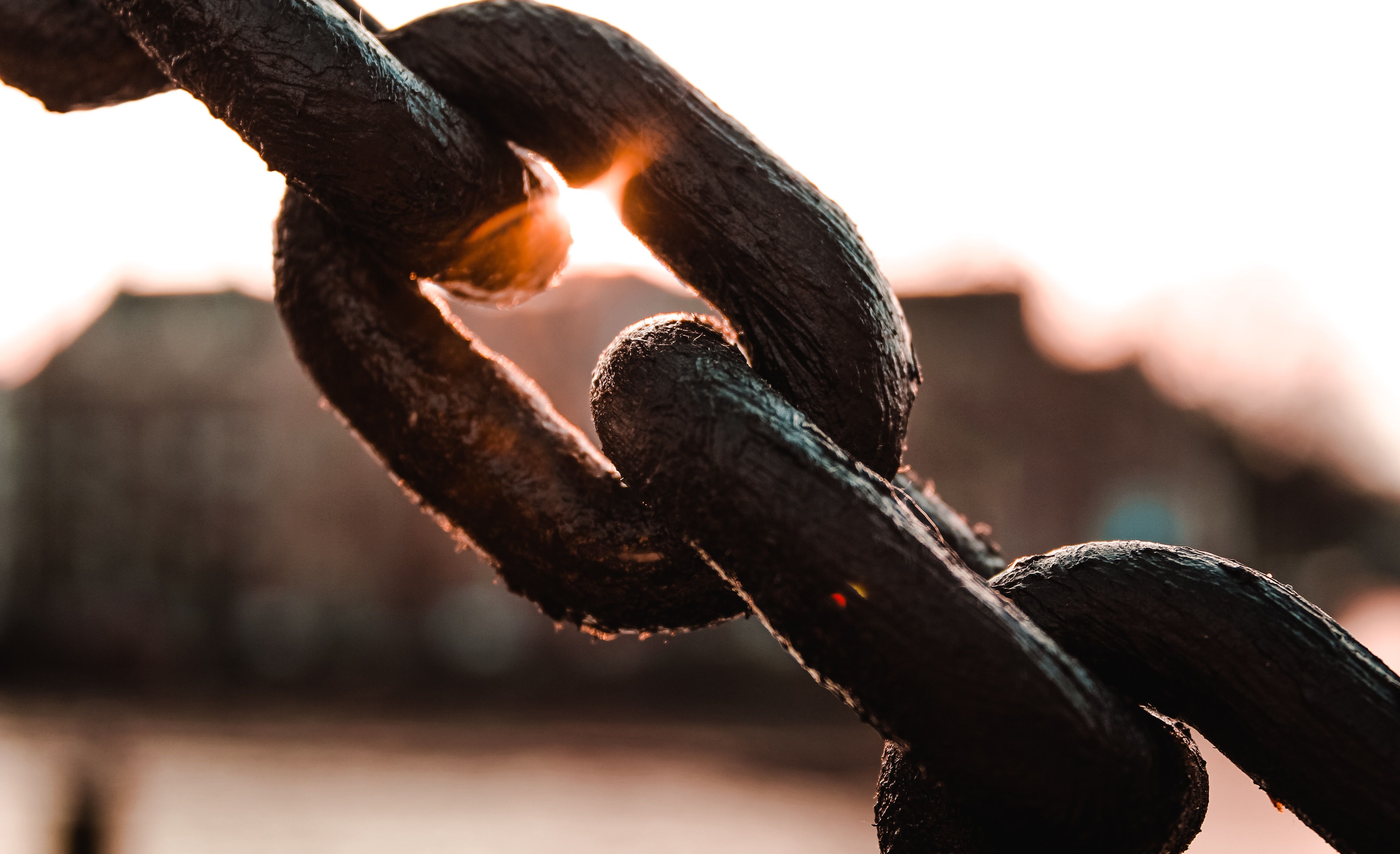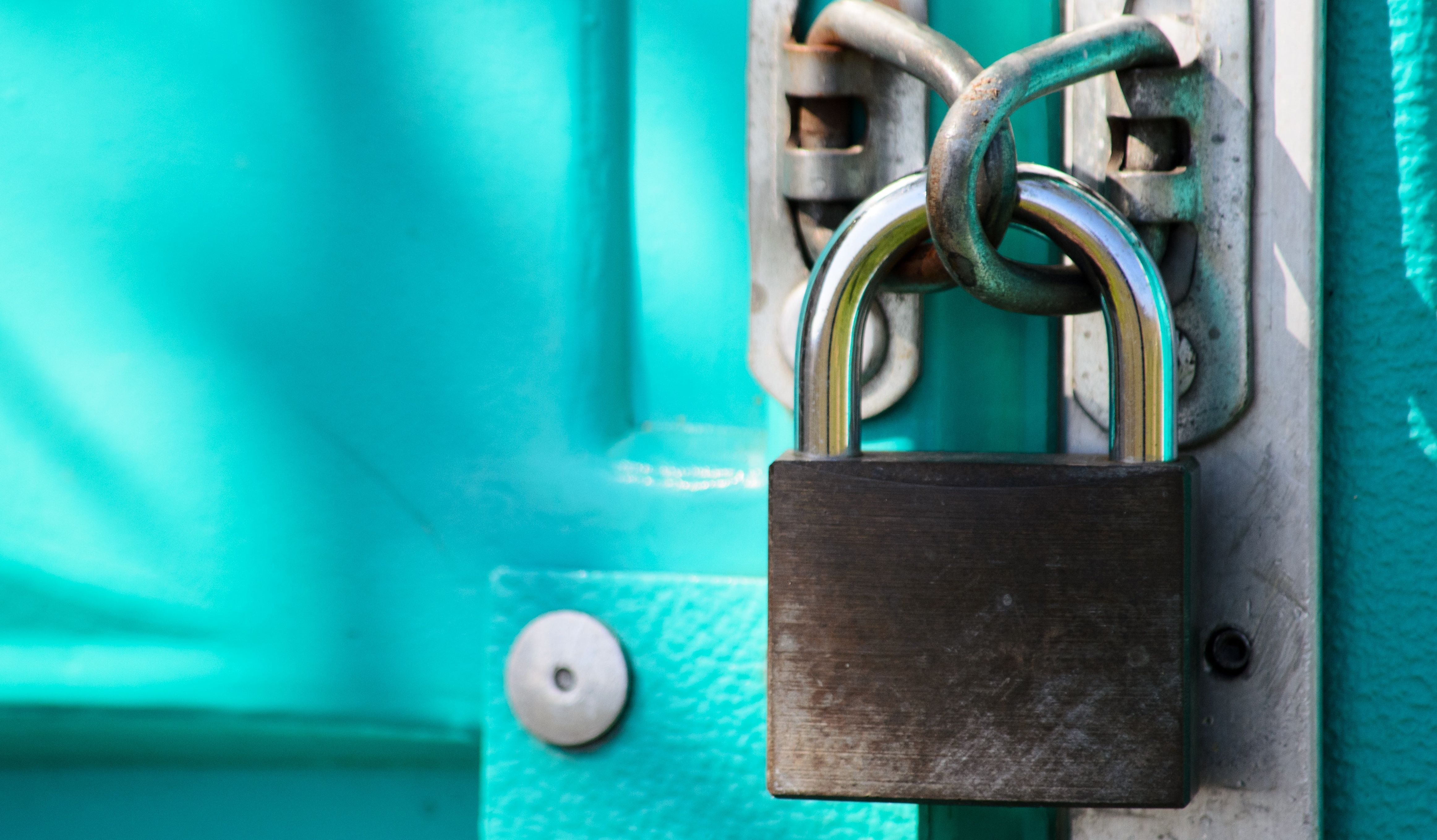With the world heavily reliant on worldwide network connections, Internet Service Providers (ISPs) and IT organizations have been searching for a better and faster way to relay data. For a long time, copper cables were the preferred (and only!) option to connect households to an ISP. But with the introduction of fiber optic cables, ISPs have begun adapting to the better and faster fiber optic system.
With copper cables already installed in large data infrastructures, switching to fiber optics is costly and time-consuming for ISPs. So why do it? Well, there are several reasons.
1. Data Transmission Is Faster
One of the biggest reasons fiber optics are preferred for data transmission is their greater bandwidth delivering faster speeds, with a single mode fiber optic cable capable of delivering 100-940 Mbps (11.9-112 MB/s). Theoretically, single-mode fiber optics can even go as fast as 1,000GB/s!
These ultra-fast speeds are possible due to the material used in fiber optic cables. Unlike copper cables, which transmit data through electrical pulses, fiber optic cables are made from glass fibers that transmit data through pulses of light. While copper cables can only send data as fast as electricity can travel, fiber optic cables can transmit data as fast as 70% of the speed of light!
Transmitting data at 70% of the speed of light also means lower “ping” or latency, further improving certain applications such as video calls, online classes, streaming, and online games.
2. Fiber Optics Cover Longer Distances
Although copper cables are still used in many households for local area networks, using copper cables in larger facilities may not be ideal. There might be instances where you have to route data through longer distances due to obstruction and sheer physical space of the servers to the hosts.
By LAN standards, copper cables (known as an Ethernet cable in your home or office) are limited to only 100m to ensure quality and signal strength throughout the network. In contrast, a multimode fiber optic cable can have a maximum length of up to 1.2 miles without attenuation or weakening of the signal.
Fiber optic data transmissions can even travel farther depending on the variation of cable and electronic hardware used to pulse light through the cables.
3. Friendlier to the Environment
Fiber optics provides several benefits to the environment. One of the most significant benefits is that it lowers the use of copper. Although copper itself isn’t hazardous to the environment, the mining and purification process to make highly conductive copper cables damages the environment. In contrast, the silicon dioxide used to make fiber optic cables is one of the easiest and most abundant materials to mine or collect.
4. Fiber Optic Cables Are More Durable
The glass fibers used in fiber optic cables are known to withstand significant amounts of moisture and extreme temperatures before failing. As a result, networks using fiber optic cables can expect up to a 50 percent reduction of data cables failing.
The durability of fiber optic cables also means lesser repairs and replacements. By using fiber optic cables, organizations will have lesser downtime, saving them from the headache of troubleshooting and spending money on repairs. This also means less waste, further contributing to a more sustainable environment.
5. Reduces Energy Consumption
Fiber optics provide a more efficient way of transmitting data than copper. Even with 10GBase-T technology that reduces the power consumption of copper to 3.5 Watts per 100 meters, fiber optics still use much less energy. For example, it is estimated that OM4 fiber optic cables (one of the most common types of fiber optic cable) use only 1 Watt of power to transmit data over 400 meters away!
6. Fiber Optics Provides Better Security
Security is another big reason ISPs and larger local area networks are switching to fiber optics. Monitoring data transmission signals on a copper cable is relatively easy. Once a hacker splices a physical connection to the target cable, they can monitor data transmission signals through various recording hardware such as an oscilloscope. The data can then be decrypted and reveal all kinds of sensitive information. Hackers can even inject data and control client and host interactions.
Fiber optic cables are a lot harder to steal data physically. Light pulses are harder to detect and monitor. You’ll need a highly sensitive machine with low tolerance levels to record low-powered transmissions sending data nearly as fast as the speed of light.
Copper cables are also easier to detect. Once broken, copper wires can be spliced together and continue delivering data as if nothing happened. People using the network will likely ignore the brief time of connection loss and assume system downtime. In contrast, repairing a fiber optic cable requires Fusion splicing and mechanical splicing, which are much more challenging than regular copper splicing and require expensive equipment.
7. Fiber Optic Cables Are Immune to Electromagnetic Interference (EMI)
Electromagnetic interference (EMI) is a problem in complex networks as well as some home networks. Electromagnetic interference can reduce data transmission speed and even corrupt data packets. EMI to copper cables happens when a strong enough magnetic field penetrates through cable insulation that then causes noise or interference.
EMI can naturally occur from lightning, solar radiation, snow storms, and auroras. However, EMI can also stem from man-made equipment and appliances such as toasters, ovens, televisions, and mobile devices.
While copper cables are easily affected by EMI, fiber optic cables are completely impervious to such interference. Glass is simply not affected by magnetism, making fiber optic cables EMI safe.
The Future of Fiber Optic Technology
With all the benefits of fiber optics, we can expect more improvements as the years go by.
It also seems we won’t have to wait longer for the next wave of improvements to reach the market. New optical couplers and switches have been developed to enable data transmission on fiber optic cables without any electrical processing. WDM (wavelength division multiplexing) has also been introduced, promising faster internet by allowing ISPs to transmit larger bandwidths at a given time.
And with that, it is safe to say that fiber optic technology is the future for transmitting data. However, it doesn’t mean that copper cables will become obsolete as their lower cost, PoE, and KVM applications are still things that copper excels at. So you shouldn’t shy away from utilizing copper cables for your network, but if you can, mixing in some fiber optics would be preferred.

.jpg)
.jpg)



.jpg)